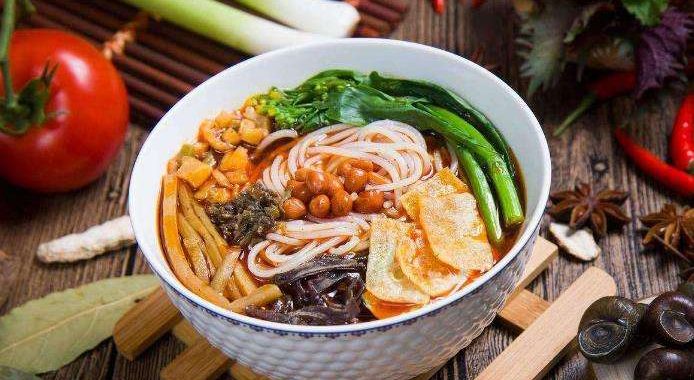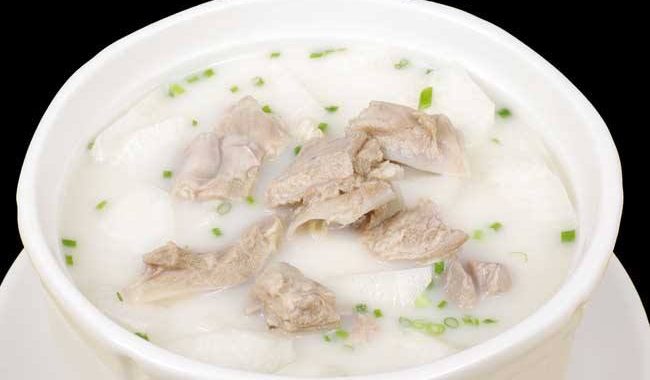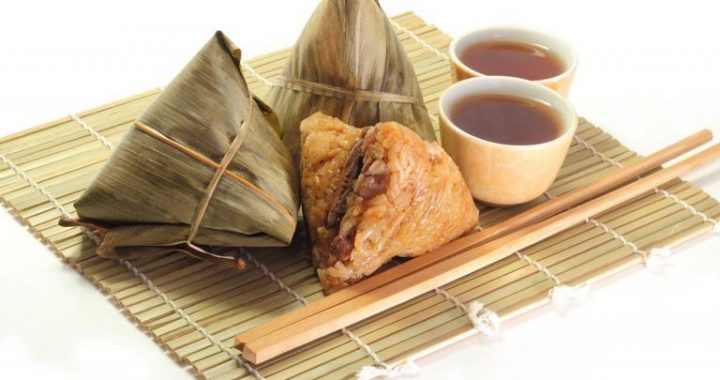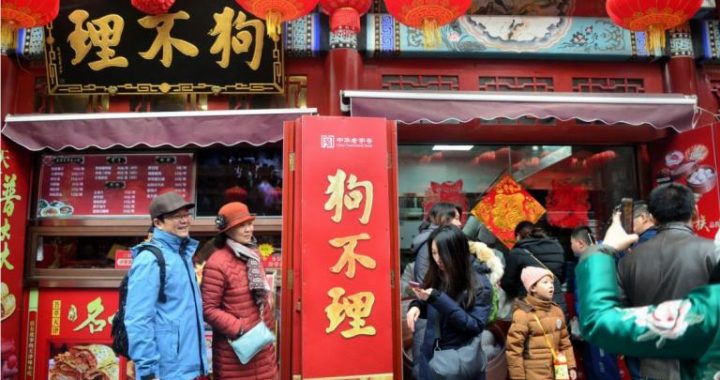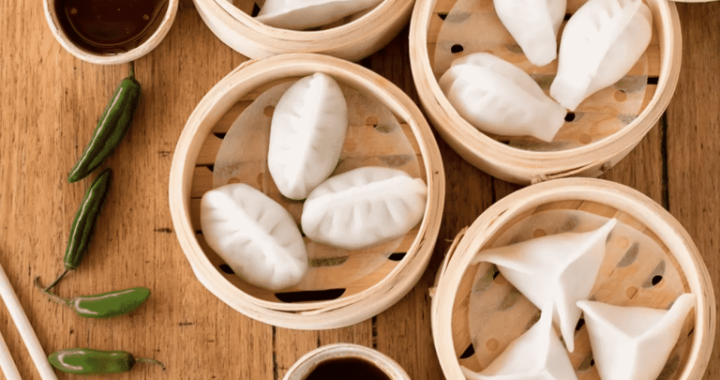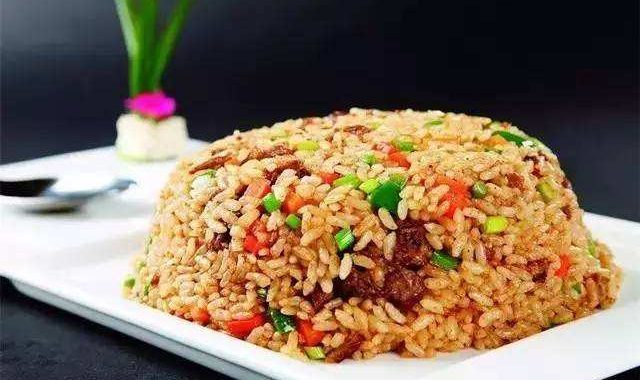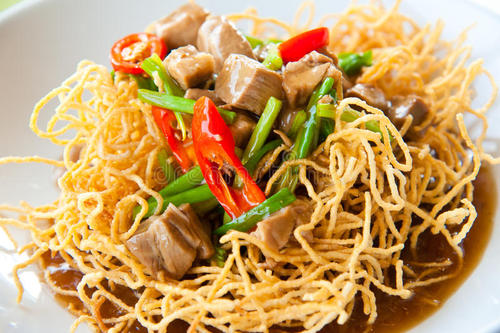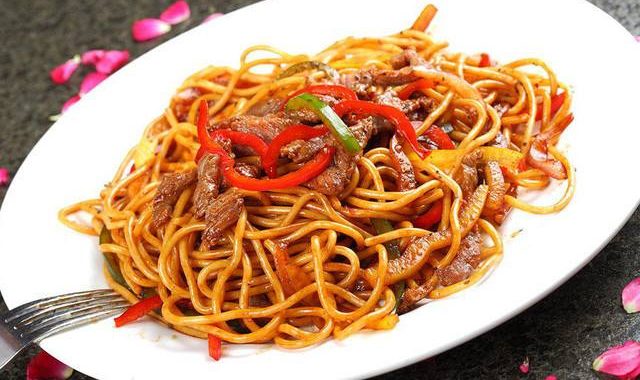Chinese Dietary Culture
3 min readDietary culture is an important part of traditional Chinese culture.It has rich connotations including the resources of food,cooking skil1s,food production,dietotherapy,public dietary ways and customs,and dietary art.
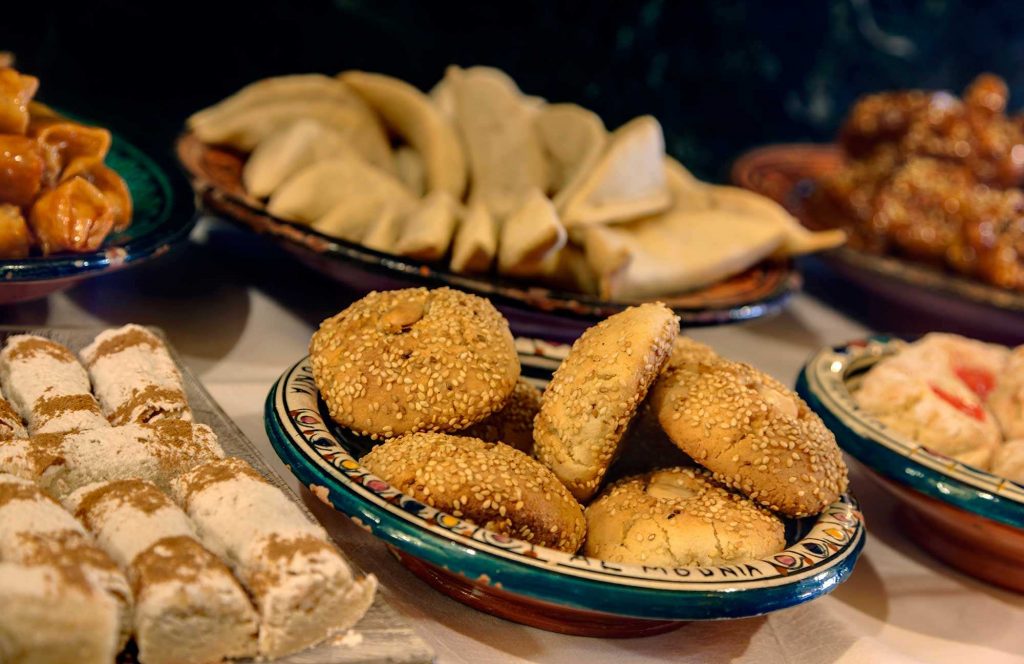
Throughout the long history of China,cuisine has played an iportant role and is now considered an integral part of traditional Chinese culture.Generally speaking,there are three essential factors by which Chinese cooking is judged,namely,”color,aroma and taste”.”Color”refers to the layout and design of the dishes.”Aroma”iplies not only the smell of the dish,but also the freshness of the materials and the blending of seasonings.”Taste”involves proper seasoning and fine slicing techniques. These three essential factors are achieved by careful coordination of a series of delicate activities: selecting ingredients, mixing flavors, timing and cooking, adjustment of the heat, and laying out the food on the plate.A gourmet can find out slight differences in the tastes. People living in different regions display great variety in their diets. People in coastal areas eat more seafood and aquatic products, whereas those in central and northwest China eat more domestic animals and poultry. Foods vary from north to south. Tastes also differ regionally because of the climatic differences. One popular summary of Chinese food is “sweet in the south, salty in the north, sour in the west, and spicy in the east.”People in different regions have created their own cuisines to suit their tastes.
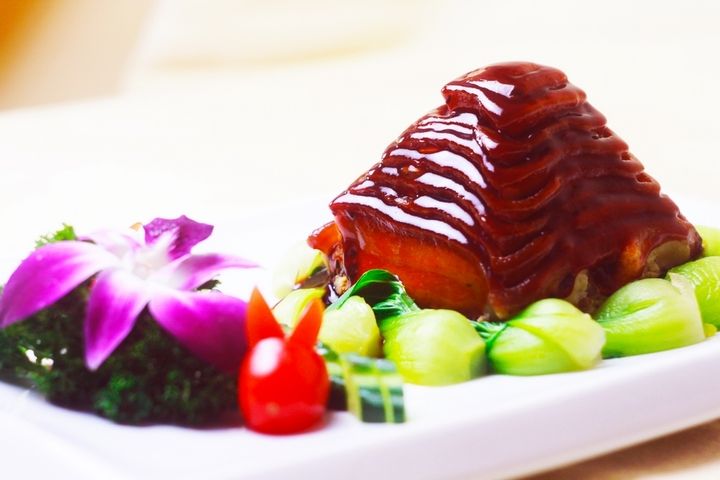
There are four major cooking styles in China: Sichuan, Canton, Shandong and Huaiyang, each distinctly different. These are called the Grand Four Categories of Chinese Cuisine”. Another way of categorization has divided Chinese cuisines into eight main schools: Shandong cuisine, Sichuan cuisine, Guangdong (also Cantonese) cuisine, Fujian cuisine, Jiangsu (also called Huaiyang) cuisine, Zhejiang cuisine,Hunan cuisine and Anhui cuisine.
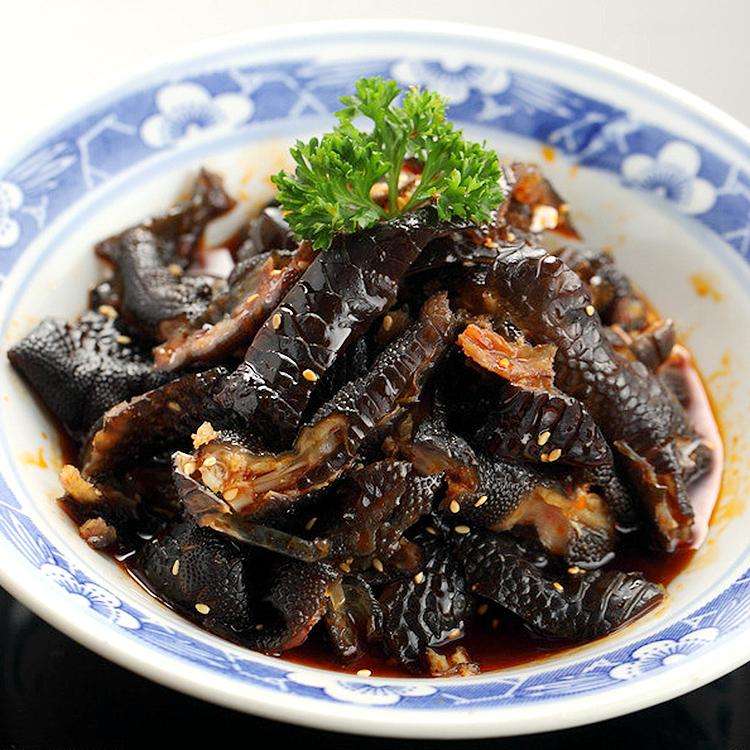
Ingredients in Cantonese food range from fish,shrip and poultry to snake,wild cat and giant salamander.Din Sum,or fum Cha,as it is commonly referred to in English,is something like a local institution in Canton.Sichuan(Chuan)cuisine is distinctly spicy.

Shandong(Lu)cuisine esxcels in fish and seafood dishes such as sea cucumber,squirrel fish,crab and eel.luaiyang specialties are”West Lake Fish”and”Begear’s Chicken”baked in lotus leaves in a cla po Chopsticks are the dining utensils most frequently used in Chinese people’s daily life.It is said that chopsticks reflect gentleness and benevolence,the main moral teachings of Confucianism.It may be an awkward experience for foreigners to use chopsticks to have a meal.Fortunately,learning to eat with chopsticks is not difficult.
China has long been known as the”land of ceremony and propriety”.Consequently,there are certain manners that should be observed at banquets or formal dinners.First,Chinese people attach great importance to the seating order at banquets or formal dinners.In ancient times,the most honorable guest sat facing the east,and the next important guest sat facing the south,next facing the north and the last facing the west.These days,normally the host sits facing the door,the person sitting on his right is the most honored guest,and the one on his left is the next most honored.

Apart from the seating order,there are also rules regarding the order of serving dishes and the way dishes are set on the table.
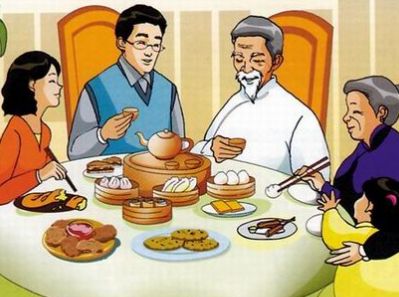
Normally cold dishes are served before hot ones,and dry dishes are served before soup.Newly served dishes are always put near the most honorable guest;when whole fish,whole chicken or whole duck is served,the dish is normally put in such a way that the head is towards the most important guest.This is a way to show respect.
In China, people tend to eat together. Habitually the host will serve some dishes with his or her own chopsticks to guests to show his or her hospitality.
